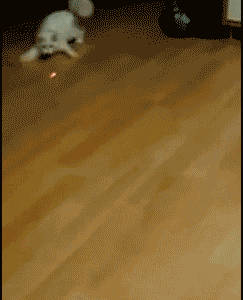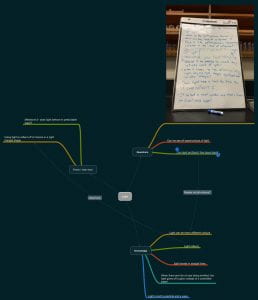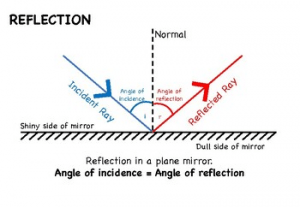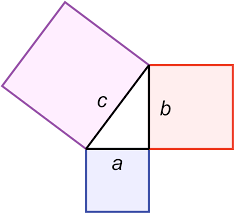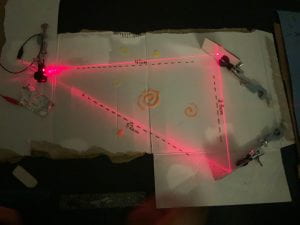Ever heard of a tectonic plate? I bet most of you have. But do you know the science behind it?
As you may have guessed, we learned about tectonic plates for the new project we were doing. The end product of this project is a game about plate tectonics that uses probability to determine outcomes.
We made a list of every question we could imagine on the topic of “How does the movements of Earths tectonic plates cause observable changes and effects?” Here are the questions my amazing partner Cooper and I came up with. You may notice some C’s and O’s and those mark closed ended and open ended questions.

You also may have noticed that there are questions marked 1,2, and 3. Those are were our top three questions that we came up with and wanted answers to.
We then started our project start mind map using an app called MindNode. I added the mind map categories of QFT top 3 questions, random questions, key concepts, plate tectonics, game ideas, and tectonic game vocabulary . 
We did a lot of exercises that built our knowledge of plate tectonics so that we could include the key concepts in our game. We learnt about plate boundaries and faults, the layers of earth and mantle convection, and tectonic disasters. Many workbook sheets were completed to ingrain in us the science behind the movement of tectonic plates. That part of the project was a science curricular competency called; Evaluating: Demonstrate an understanding and appreciation of evidence. I really like learning about cool science concepts so that competency was really enjoyable for me.
We also did work on game probability so that we could calculate the odds of certain events occurring in our games. The use of probability falls under the curricular competency of; Understanding and solving: Develop, demonstrate, and apply mathematical understanding through play, inquiry, and problem solving
Meanwhile all of this time my partner Cooper & I were thinking of ideas and rules for our game. After many ideas and lots of refinement we finally got our game rules written down. We started a cycle of testing certain aspects of our game then refining the rules, testing and refining, testing and refining. 
Questioning and predicting: Demonstrate a sustained intellectual curiosity about a scientific topic or problem of personal interest. – Using our newfound knowledge of tectonic plates, we had to prepare for game day, the big end to this project. Game boards were made and pieces were gathered. Dice, cards, and spinners, Oh my! We printed out our final game rules and laminated a ton of cards. And after all of that preparation we were ready for the final test of our game.
Did we do it? Did we make a fully functional game about plate tectonics? I’ll let you decide for yourself. Here is a link to the final game rules: Nothing Left Rules

I usually would have put the driving question at the start of this post but I felt that it fit better here. The driving question was “How are thematic and mathematical elements used in game design?”. I think you can figure this one out by now but just in case you can’t; Our games had to use probability. Dice, cards, spinners, etc. Probability is a mathematical element. If you think about commercial games that are for sale, how many of them use some sort of probability? Probably 90%. Same with thematic elements of games. Our games were based on tectonic plates. Some games have sciencey themes like aliens or viruses, others are murder mystery’s or worlds made of candy. You might think that making a game is just using dice or cards to get a piece from one side of a board to the other, but now I know that there is a lot more that goes into the science and planning behind games.
This was a fun project. It was really cool to be able to learn about something new (tectonic plates) and be able to apply that knowledge into something bigger (a game). I learn best when I am interested in the topic and this project definitely made me interested in tectonic plates and the mystical planet called earth. I grew as a learner in this project when I asked questions, found the answers, and was able to use the answers to aid my game. However I did not do this project alone. I would like to give a big thanks to my amazing partner Cooper, we worked extremely well together and I couldn’t have done any of this project without him.
As always, Brooke.



